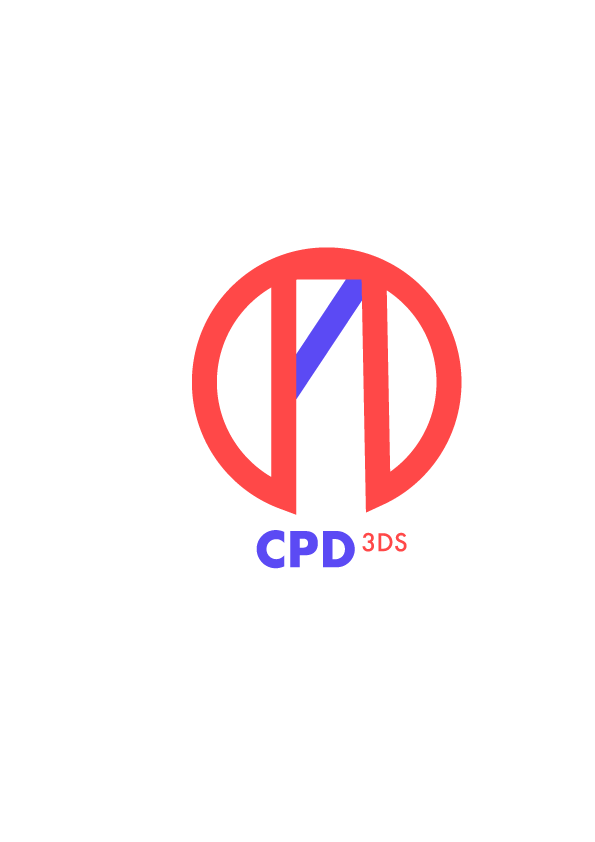<!DOCTYPE html>
<!DOCTYPE html>









Protein design
Natural proteins are the nanoscale machines that carry out nearly all the essentialfunctions in living cells. Based on the folding principle of natural proteins,recently, researchers hope to build custom-designing proteins for criticaltasks in medical, environmental, industrial arenas and etc. Currently, proteinsynthesis and design are mostly based on amino acids, which requires a greatamount of work.
Using domain as a unit
A protein domain is a conserved part of a given protein sequence and tertiary structure that can evolve, function, and exist independently of the rest of the protein chain. Because they are independently stable, domain scan be "swapped" by genetic engineering between one protein and another to make chimeric proteins. At present, many databases have detailed and accurate records of the domain for protein supersecondary structure, and we realize that it is feasible to study and design proteins by using domain as a unit.
Extracted and classified
Protein domain data of CATH and SCOP/SCOP2 were extracted and redundant. Based on 3DZD algorithm, features were extracted from the 3D space of domain and domains were classified by K-Means and Elbow Method.
Accessible function
The user can input a protein domain name to acquire the type of the protein domain, to which similar protein domains belong. Furthermore, users are able to search the corresponding protein functions to obtain the function-related protein domains. In addition, parameters of the representative of each type of protein can be searched and the background datum are accessible.
Improving the protein design
Scientists who are devoted to synthesizing proteins are trying to use specific domains to "make" new proteins with stronger functions. CPD3DS is committed to helping scientists select possible replacement domains and improve the efficiency of domains recombination.
More possible methods
We envisaged the following ways of assisting in the design of proteins
1. Replacement domains in existing proteins
2. Directly design proteins in the unit of Domain
3. Searching domains that may participate in relevant function
For example, Zhou Xiaoli has recombined two heat-resistant proteins, 1VE6 and 1JJI, and obtained proteins with better heat-resistant property.












